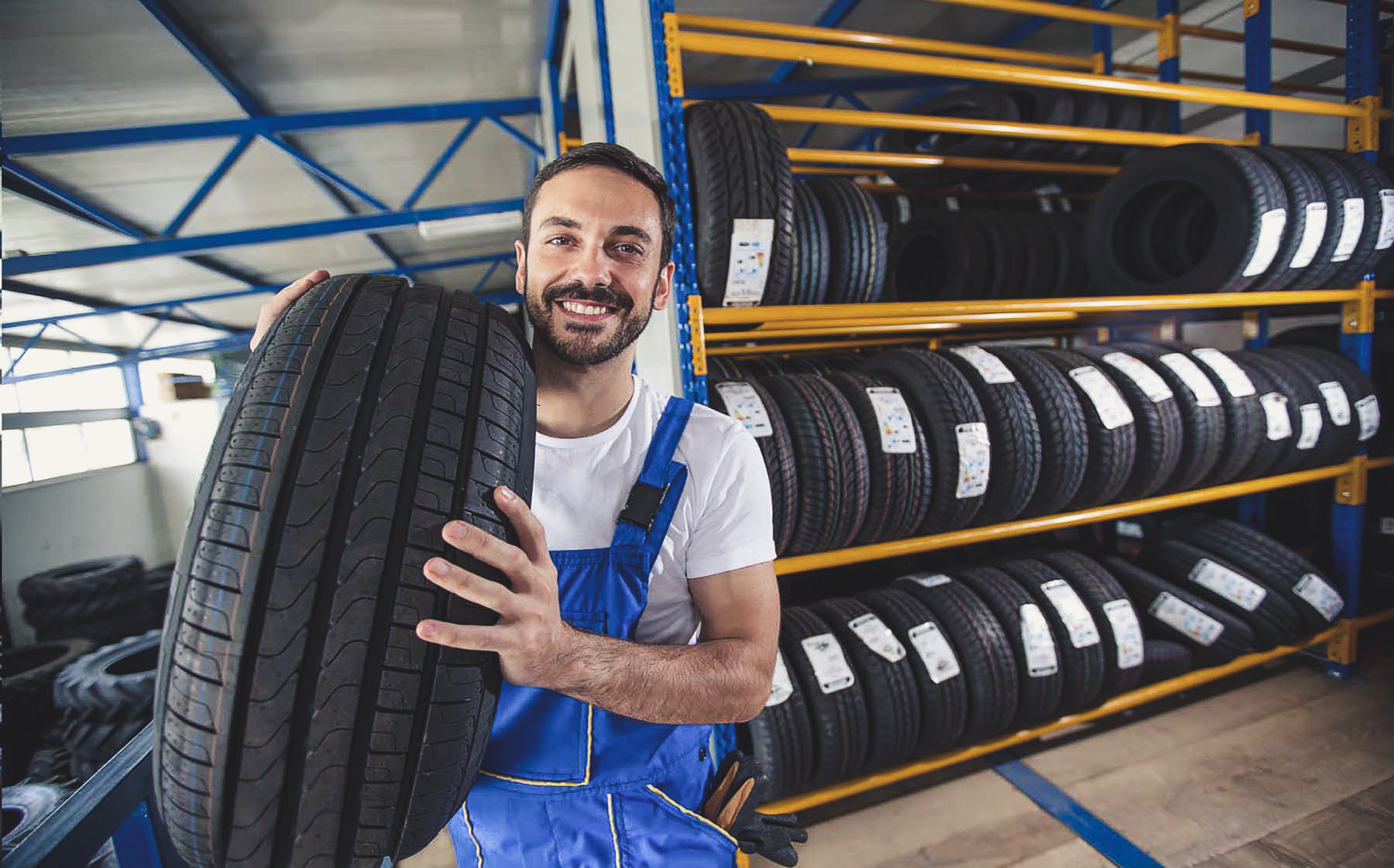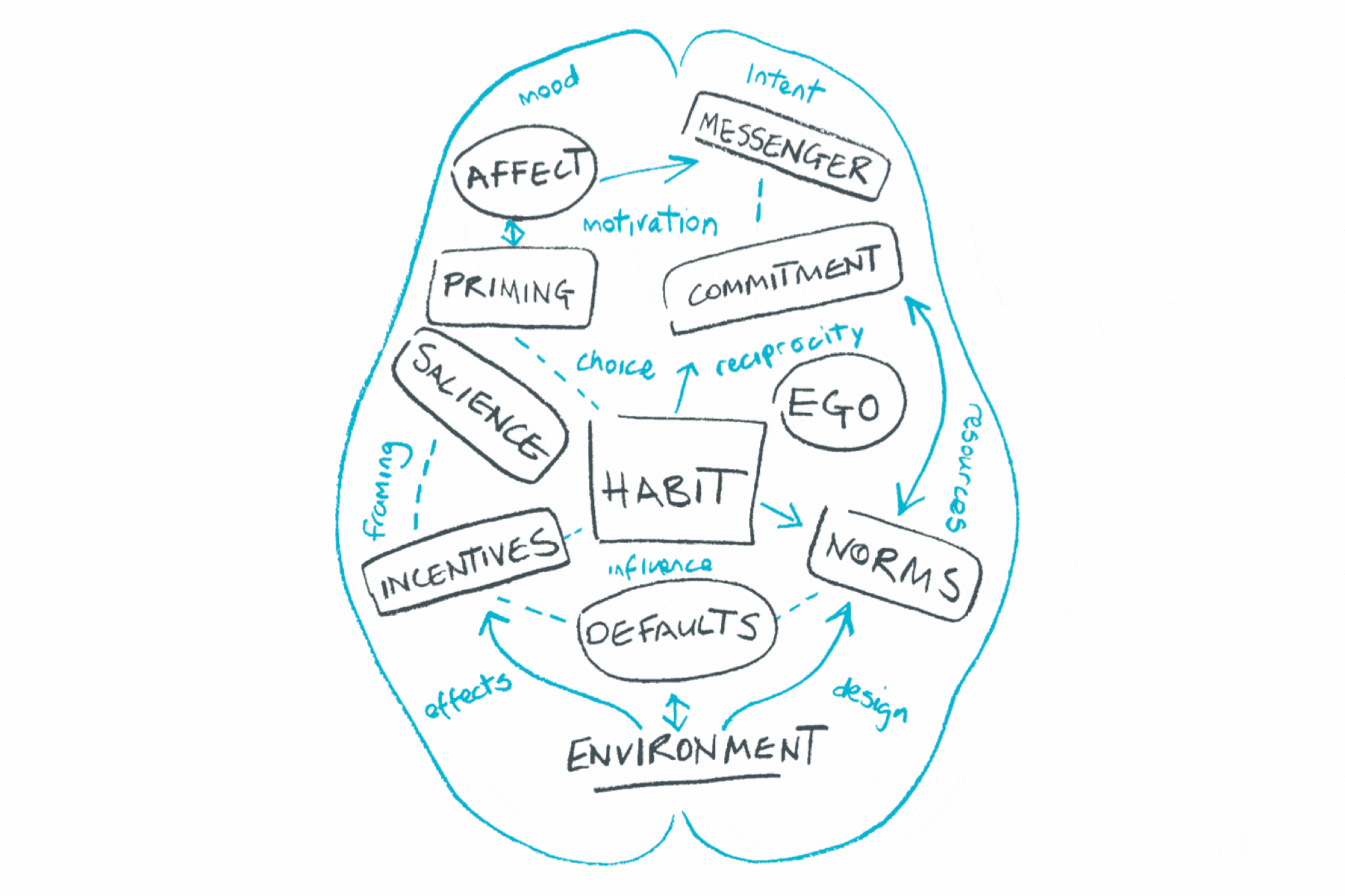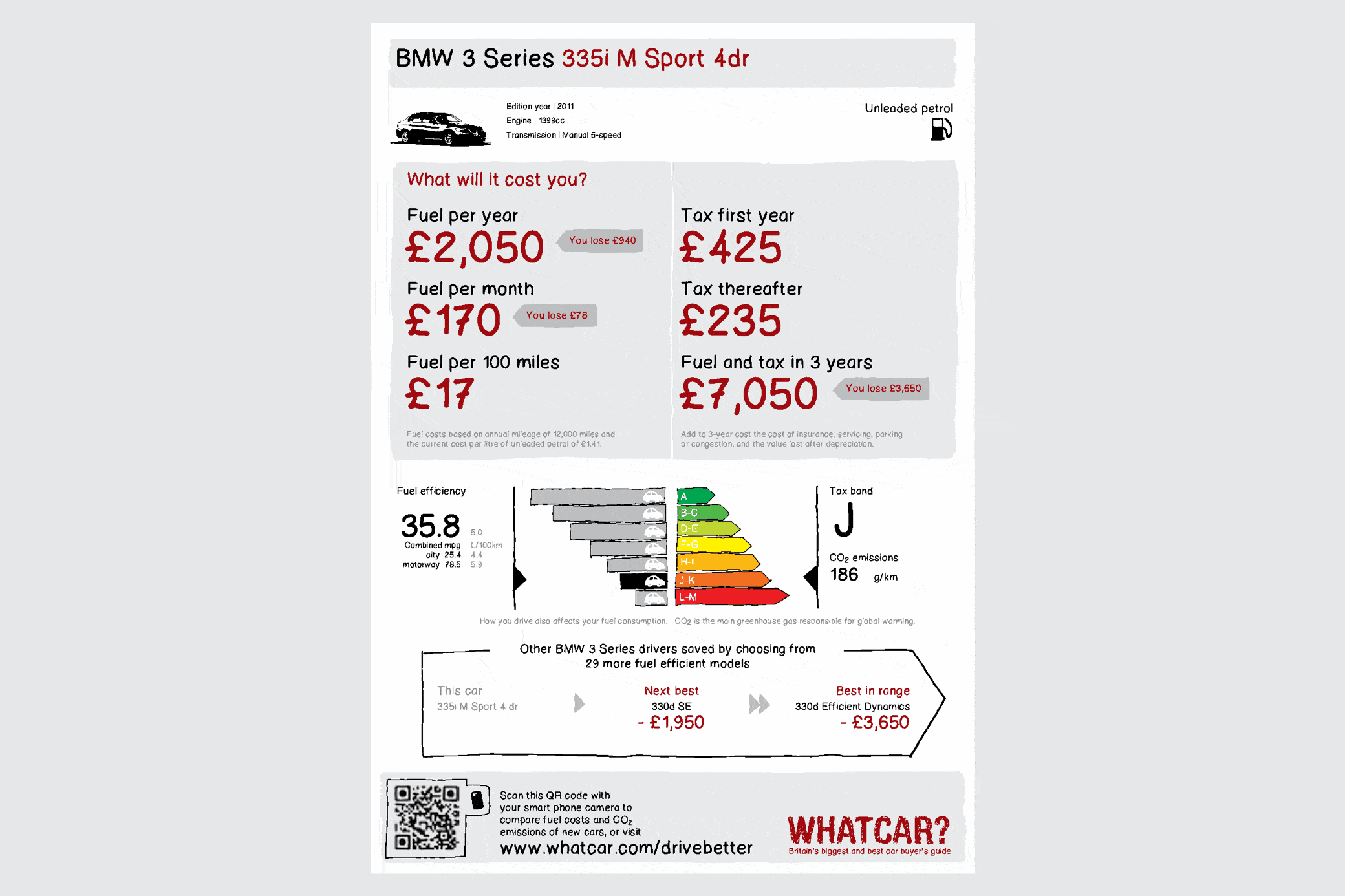EU & UK Energy Labeling
Designs to influence carbon-saving choices
The oil crisis and shortages of the 1970s, followed by heightened concern about climate change from the 1990s until now, has driven governments around the world to form energy policies aimed at conserving energy and limiting carbon emissions.
One key and now widespread program involves the regulation of energy-consuming appliances—everything from refrigerators and clothes-washing machines to air conditioners and personal computers—to establish minimum standards they must meet for energy efficiency. Upping standards over time progressively removes inefficient technologies from the market and stimulates the development of new and better technologies.
Smooth and continuing market transformation hinges on consumers choosing to upgrade to newer energy-efficient technology, based on information that’s available to them. Enter the humble energy label, which exists to provide this information—now across up to 60 product categories.
When I was engaged by the European Commission (EC), the EU’s executive arm, the European energy label was showing signs of strain after 15 years of service. I worked to improve its effectiveness over a sequence of three projects.
A lack of change to minimum standards had made the iconic A-G scale top-heavy, with many products rated between A and A+++. I was asked to consult with the EC’s Directorate-General for Energy on what this meant for its use by consumers, and to evaluate a number of proposals to address this—leading to the first occasion for a designer to be invited to present at a Consultation Forum to an audience of members of the European Parliament, industry lobbyists, and advocacy groups in Brussels. The wheels have turned slowly, so rescaling to ratings exclusively between A-G—as I recommended and evidenced with user research—is finally mandated to occur.







